While observing the London collections online, I couldn’t quite put my finger on what was missing. And though it may be obvious to some - I realized that what’s missing is time. Where once I was hesitant to praise the young designers of London simply based on the criteria that they are relatively green, I’ve had a change of heart.
The fashion industry is a completely different animal than it was ten years ago. Time has been taken from fashion. As we scroll and swipe and our attention spans become increasingly shortened, it becomes much more difficult for the young designers to make a lasting impression in an impossible sea of clothes that is called fashion week.
If time is to be considered the ultimate luxury, how can fashion be luxurious without it? All we need is time. Time to learn, time to grow, and time to understand. I’m willing, now, to give the kids a chance. To give them time to grow their talent. To express their unique points of view. It’s inevitable for young designers to take a look around and follow suit of the big brands of fashion, who have all the money and power, but you know what? I’d say the kids are alright. Here are the top five collections of London Fashion Week.
1. RICHARD QUINN
For fall, Richard Quinn continued to explore his penchant for fresh, if not sometimes playfully dowdy floral prints. Interestingly, having been born and raised in London, a city with such a profound history, it’s perhaps no surprise that Quinn feels the need to play and subvert these traditional codes. What felt different here, though, was his play on volume. Dresses were long, hips padded, skirts ballooned and shoulders exaggerated. Very couture, indeed. This was a wise direction for Quinn to take his collection. More times often than not, we’ve seen designers with a particular niche come onto the scene with a bang only to fizzle out with the same redundant collections. We can only hope Richard Quinn learns from those designers’ stubborn mistakes.
With the passing of stalwart Karl Lagerfeld, it truly feels like fashion is in serious flux. The old ways are changing. The way we see, buy and wear clothes is being rethought. The time has finally come to pass the torch to the youth for they are the future tastemakers. So, here’s to you Richard Quinn. And here’s to the future!
2. ASHISH
Photo: vogue.com
After all of the minimalism we’ve seen in the wake of Phoebe Philo’s split from Celine and the abundant amount of logo-clad sportswear, Ashish Gupta presented one of the most refreshing collections of London Fashion Week so far. This time around, Ashish opted for a slightly retro hippie spin to his usual explosion of sequins. Sequins were painstakingly applied by hand to each garment to recreate the look of crocheted Afghans. Then, these took shape in the form of skirts, sweaters and mod little sparkly dresses in stunning color combinations. And to top it all off, each model sported a huge head of teased locks, evoking to me the drama and glamor of the early aughts á la John Galliano.
It’s doubtful his brightly colored and sparkly knits will push the fashion conversation forward, but they don’t have to. What we saw here was a confident and considered collection. And it’s all in good fun - perfect clothes for escapist nights when you really don’t want to think too much.
3. ERDEM
Photo: vogue.com
There was something in the air in London during the Fall/Winter 2019 collections. A certain energy. A new attitude— a couture attitude. Pierpaolo Piccioli’s haute couture collections for Valentino have been the talk of the industry for a while now, gracing every major red carpet and magazine cover. It’s only natural we would see his oversized proportions, clashing colors and floral prints slowly pop up in countless ready-to-wear collections. All of that is good news for Erdem Moralioglu for he has always played with couture fabrics and silhouettes for his namesake label.
Yards of bright, overdyed satins and metallic brocades were manipulated into romantic cocktail dresses and gowns. Large satin bows hung from necklines as if to say ‘why, yes, I am unapologetically fancy’.
There was a lot to see here, almost too much, yet it never quite fatigued the eye. Some of these garments were better suited to the catwalk, but if a young lady was to shop with careful consideration, there was so much here for her to fall in love with.
4. BURBERRY
Photo: vogue.com
The fashion industry, and the British press, made quite the buzz about who would replace Christopher Bailey at Burberry after a stellar seventeen-year tenure. Ah! Riccardo Tisci, formerly of Givenchy. What a clever choice. Well, clever to some, droll to others. He did after all garner critical and financial success for Givenchy.
For his second collection for Burberry, Tisci picked right up where he left off last season. Once again, the expansive collection was divided into sections. Opening the show was Riccardo’s classic sportswear that gained a cult following from celebrities and fashion insiders alike. Hooded sweatshirts layered over English rugby polo shirts, and parkas over that and every imaginable variation. Arguably, the second more bourgeois half of the collection was where he really hit his stride. Working in mostly shades of beige and brown, the sophisticated and grown-up skirts, dresses and outerwear had his signature touch of romance and glamour. Perhaps more in a slightly romantic Italian way, rather than a classic stiff-upper-lip English way. It was the perfect remedy for the tired logo plastered sportswear. One thing is certain here: this collection will definitely fill the shops to the brim with many options for all of Burberry’s diverse customers.
Next season, if Riccardo continues to divide his collection into democratic sections for all, hopefully he can find a way to infuse some harmony. You know what they say: if you try to appeal to everyone, you appeal to no one strongly.
5. EMILIA WICKSTEAD
Photo: vogue.com
Last July, Emilia Wickstead made headlines when she made lofty claims of Meghan Markle’s Givenchy wedding gown designed by Claire Waight Keller, being inspired by one of her designs. In actuality, the dress paid homage to the founder of the house, Hubert de Givenchy. As quick as she was to point fingers, the New Zealand-born designer was quicker to walk back her comments. “Her Royal Highness, the Duchess of Sussex, looked absolutely beautiful on her wedding day and I have the utmost admiration and respect for her. I do not think that her wedding dress was a copy of any of our designs. I have the greatest respect for Clare Waight Keller and the house of Givenchy—a huge source of inspiration to me.”, Wickstead wrote in a press release after widespread criticism.
In an age of Instagram clap back culture, maybe the best thing for any designer to do is to keep their head held high and simply let their work speak for itself.
But since then, the designer has kept a relatively low profile, perhaps focusing on her wonderfully cinematic presentation for Fall 2019. The collection, she said was inspired by Sofia Coppola’s character, Mary Corleone, in her father’s critically acclaimed ‘The Godfather film trilogy. Though this was a nostalgic collection, drawing from many periods of time throughout the film trilogy, this collection never felt stuck in the past. The Italian sensibility of the films came through in romantic, and almost religious, silhouettes consisting of puffed up sleeves on dresses and coats, and yet retained the rare conservative and pragmatic attitude that Wickstead is known for.
For the finale, Wickstead sent out a parade of regal, monastic gowns intricately pleated and sculpted to each models body. A red velvet off-the-shoulder gown with giant trumpet sleeves and a sweeping train stole the show.


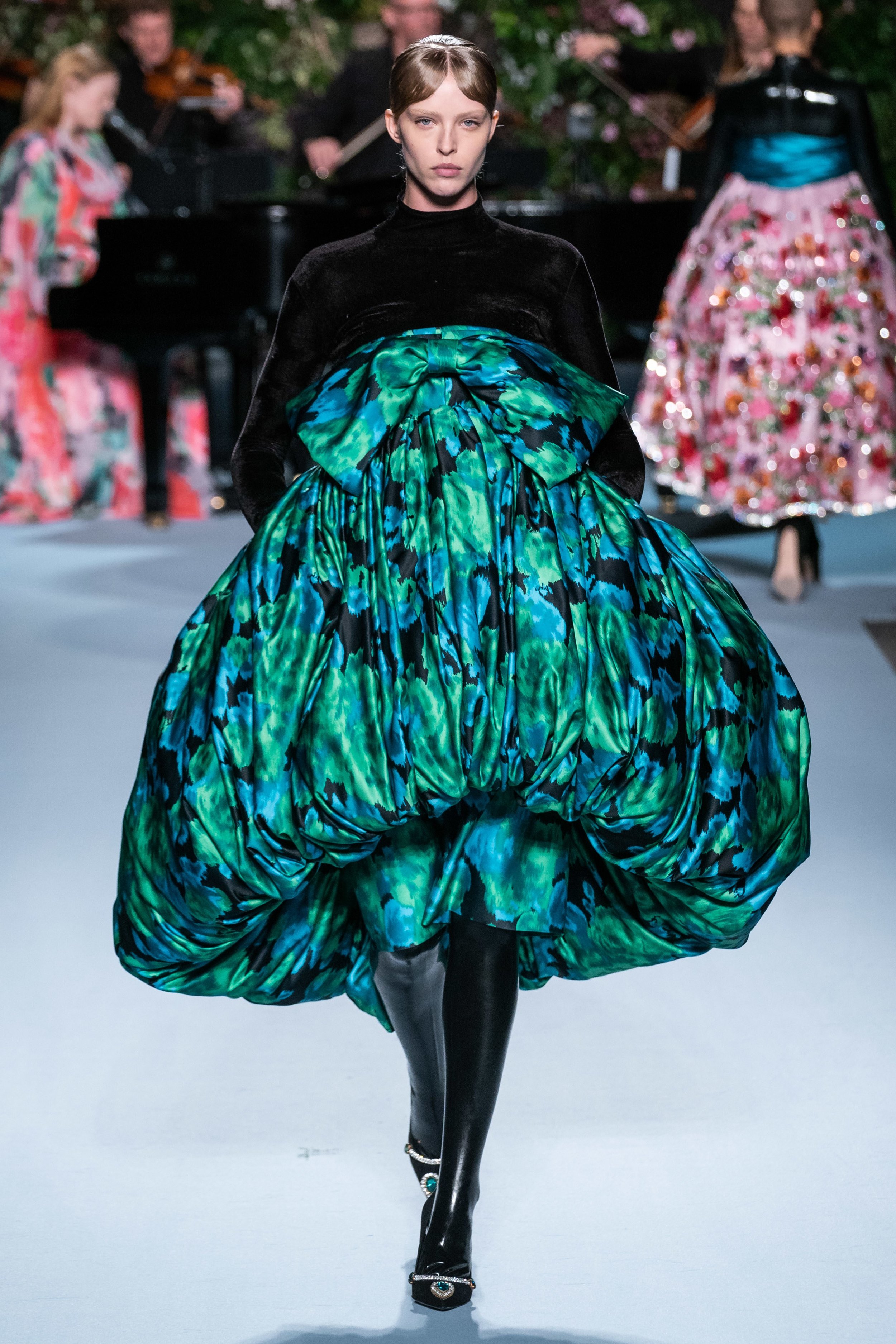
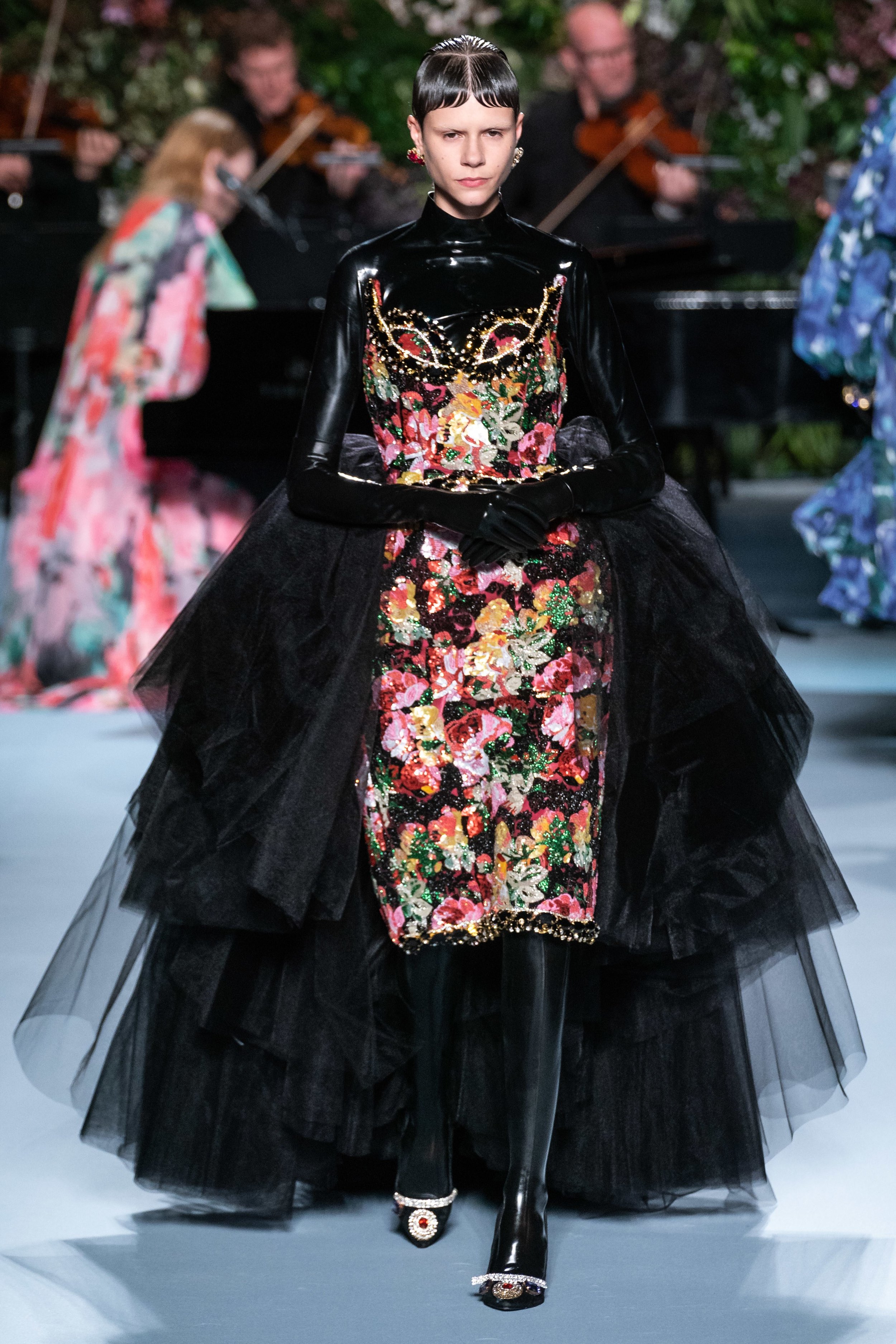
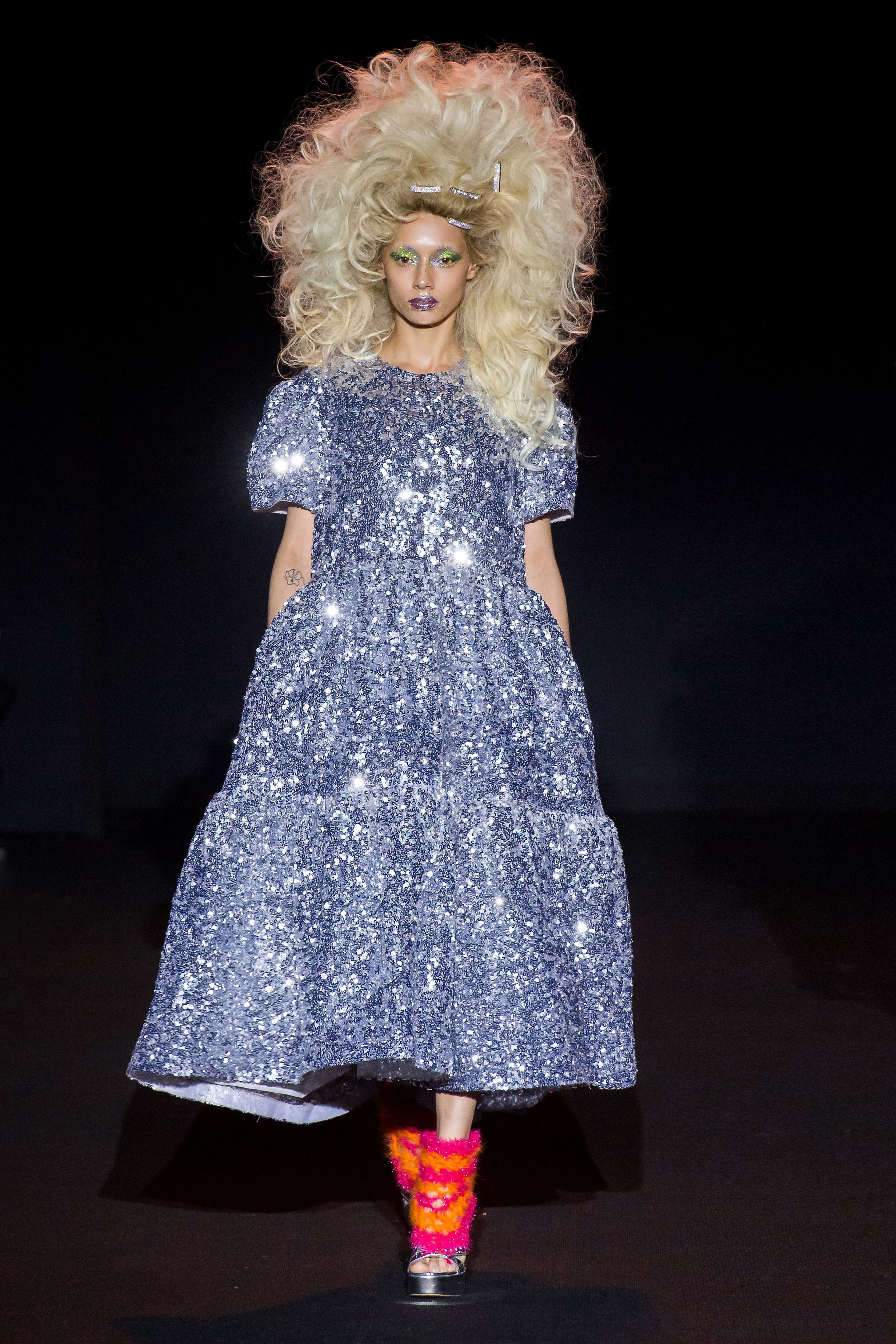
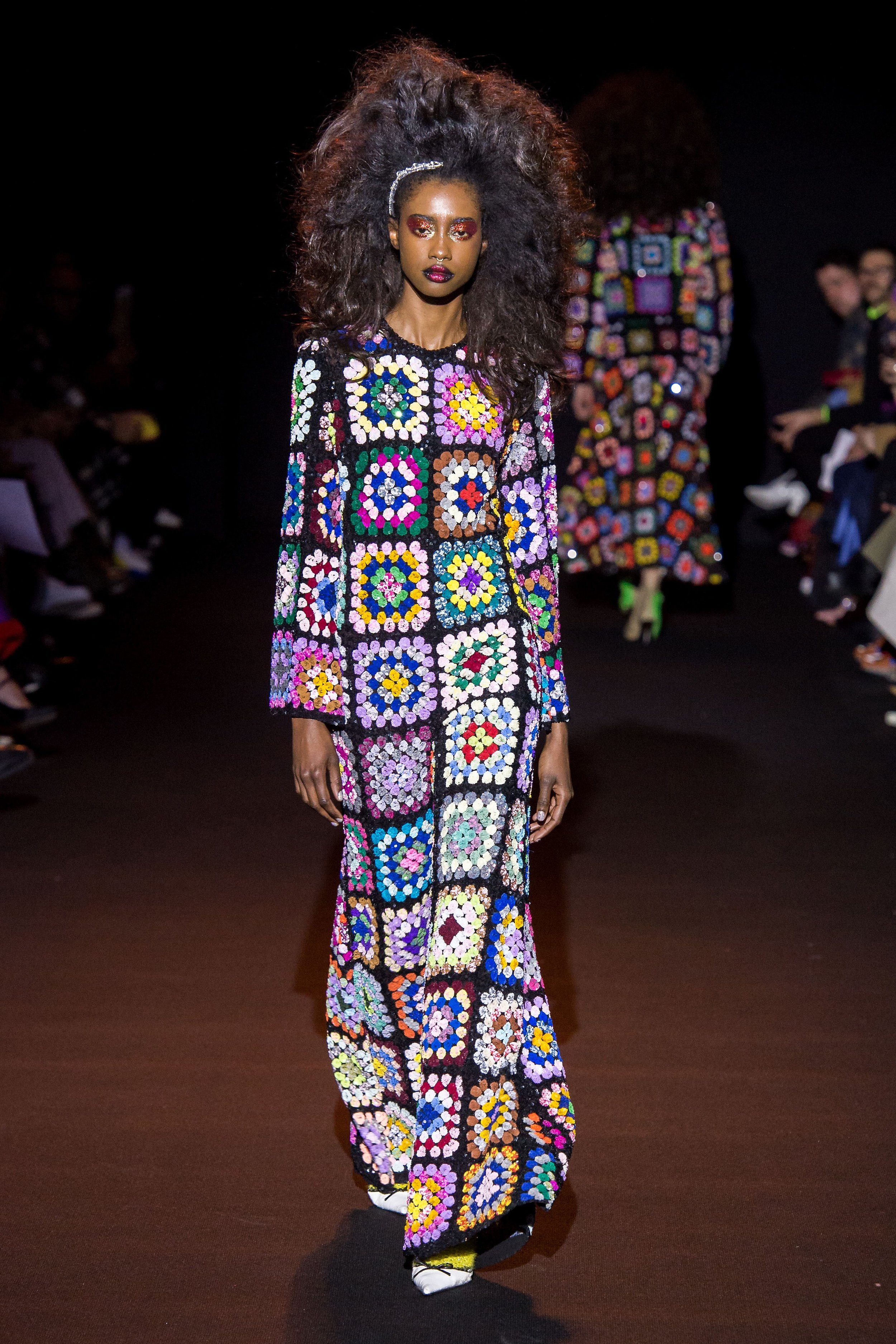
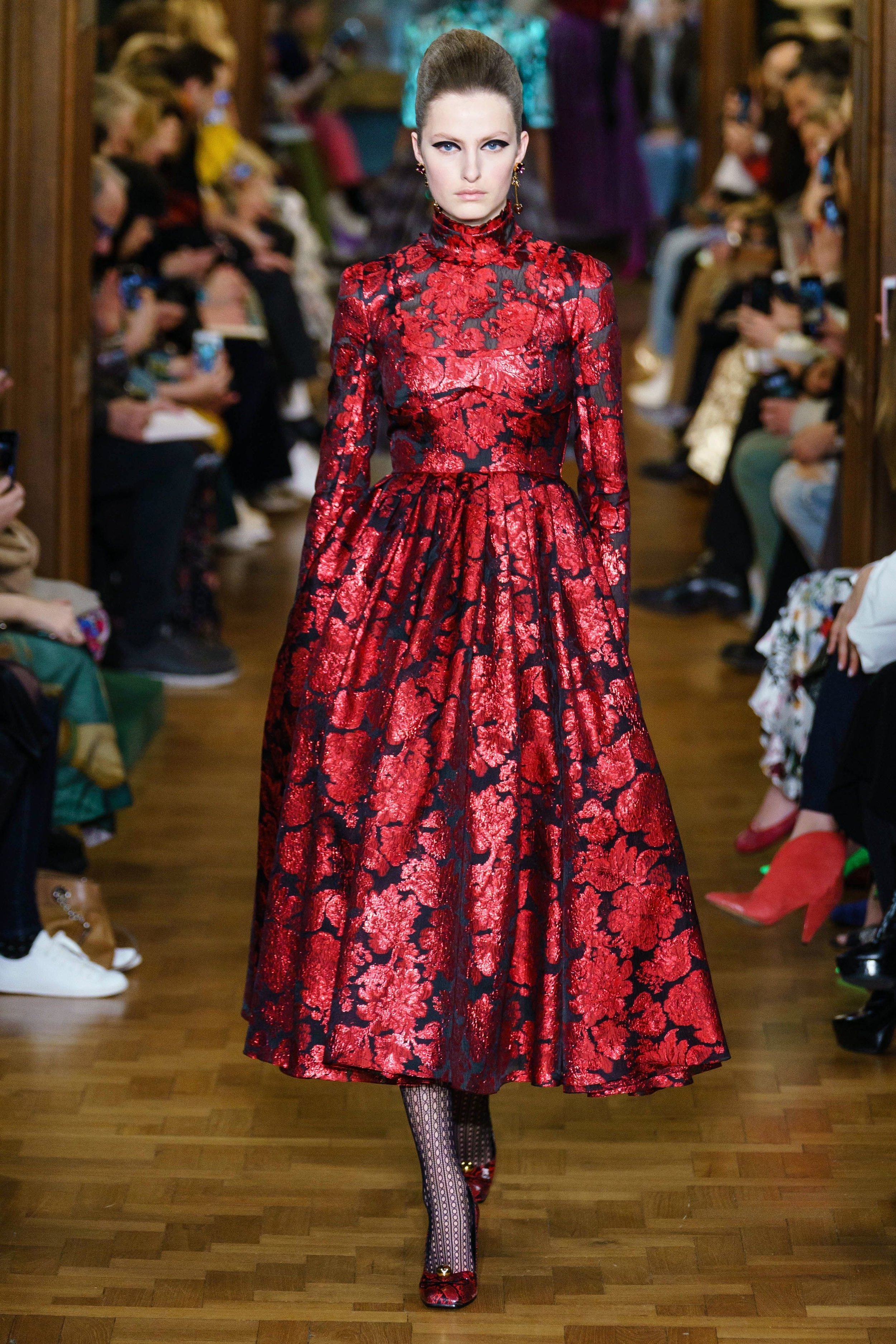
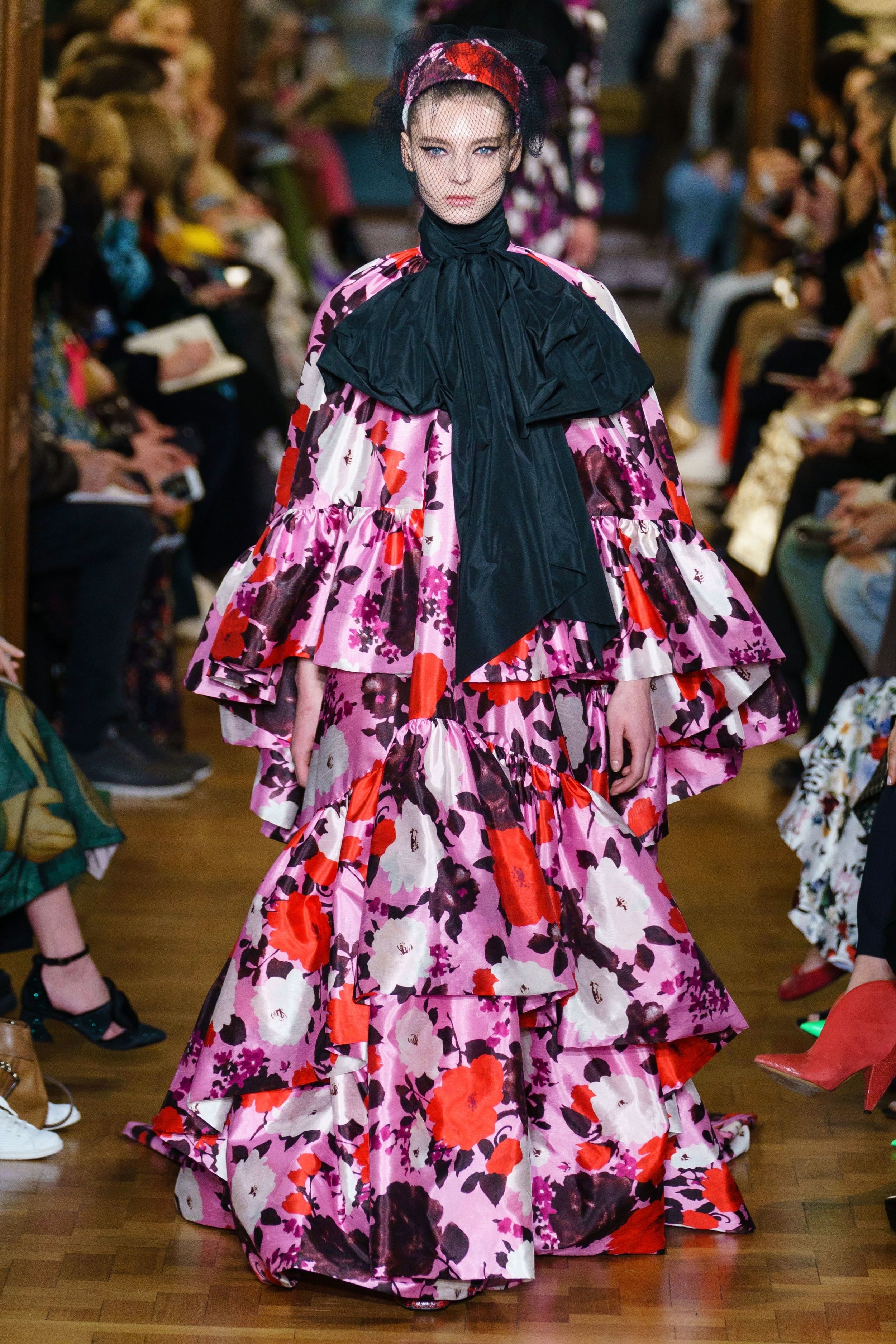
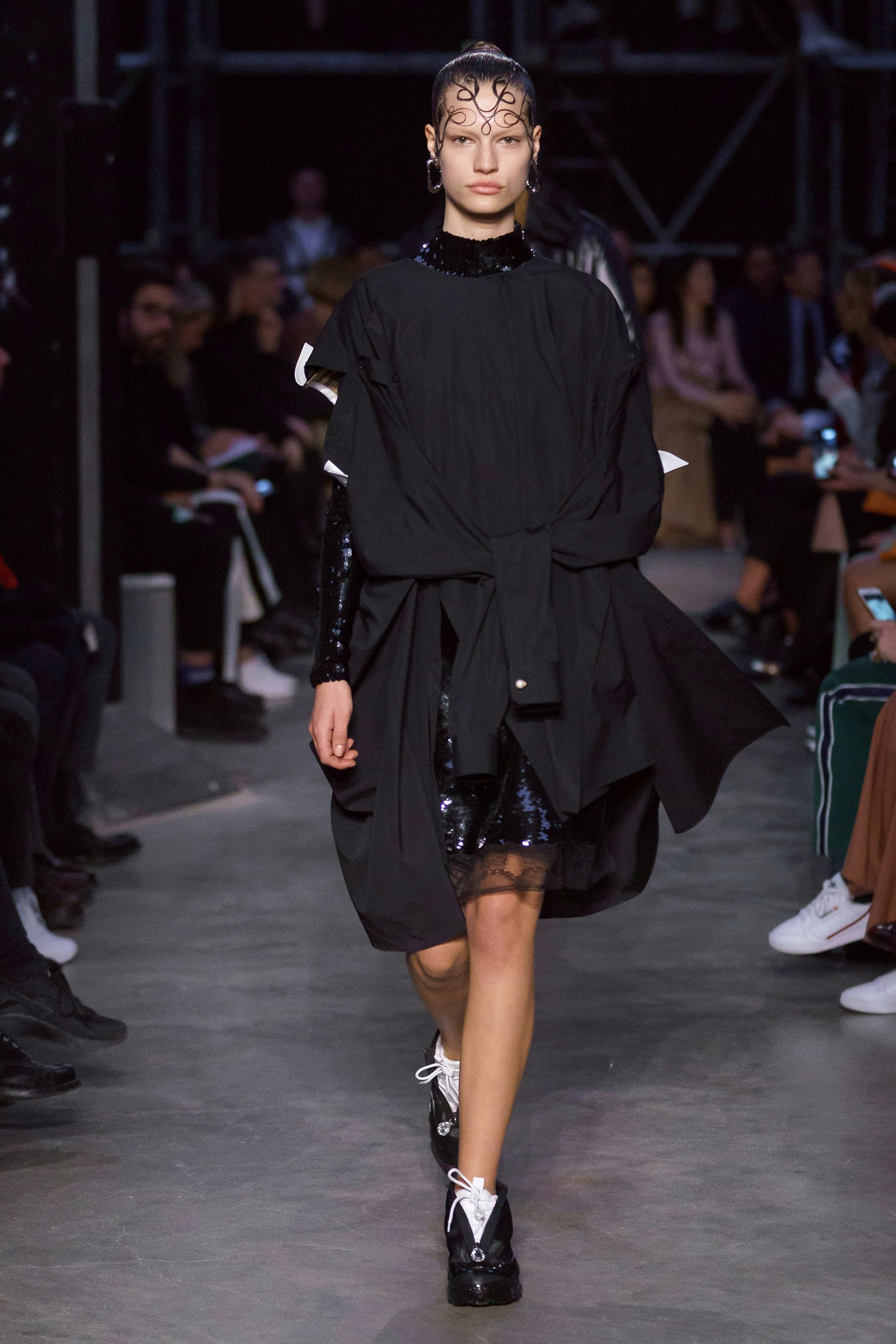
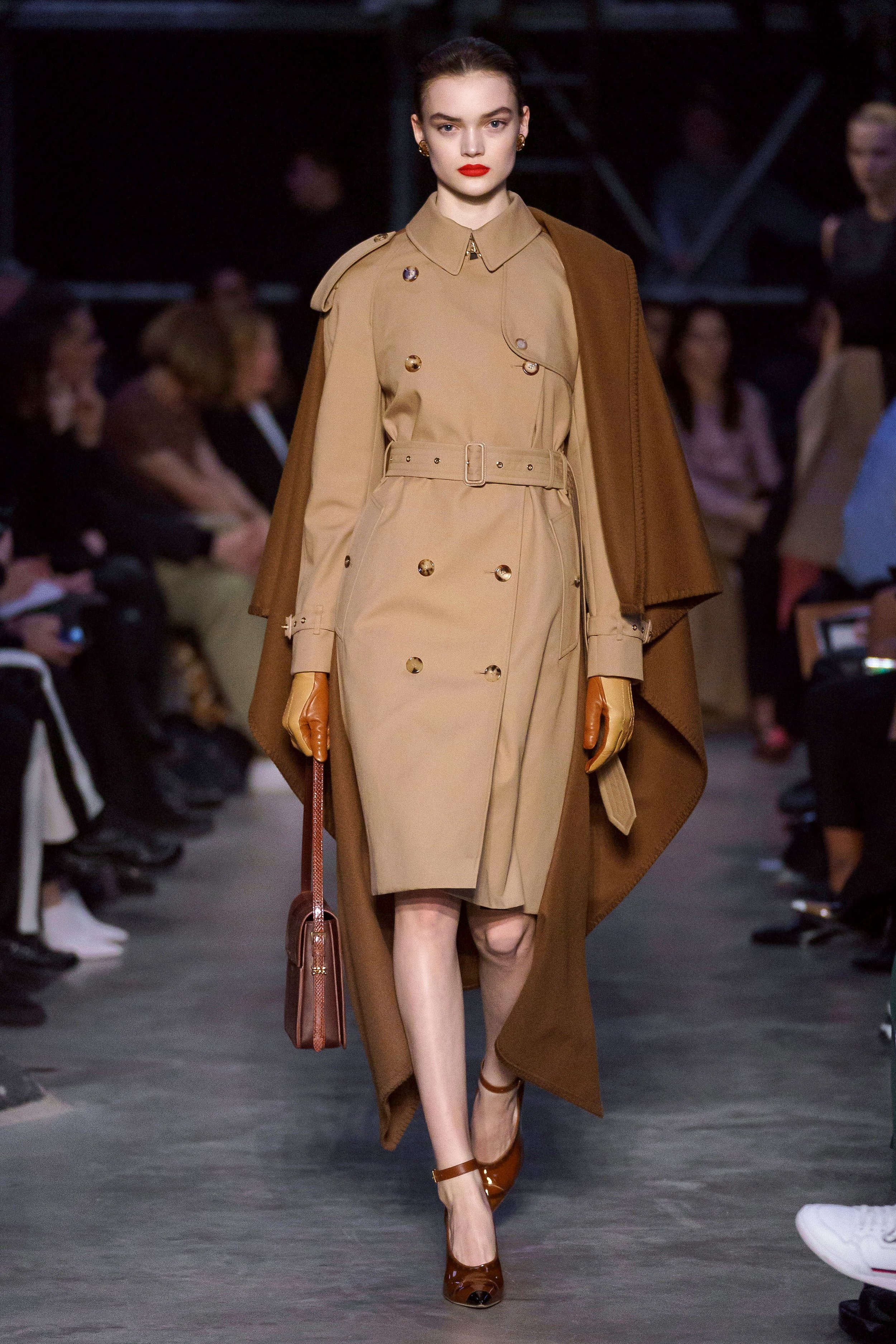
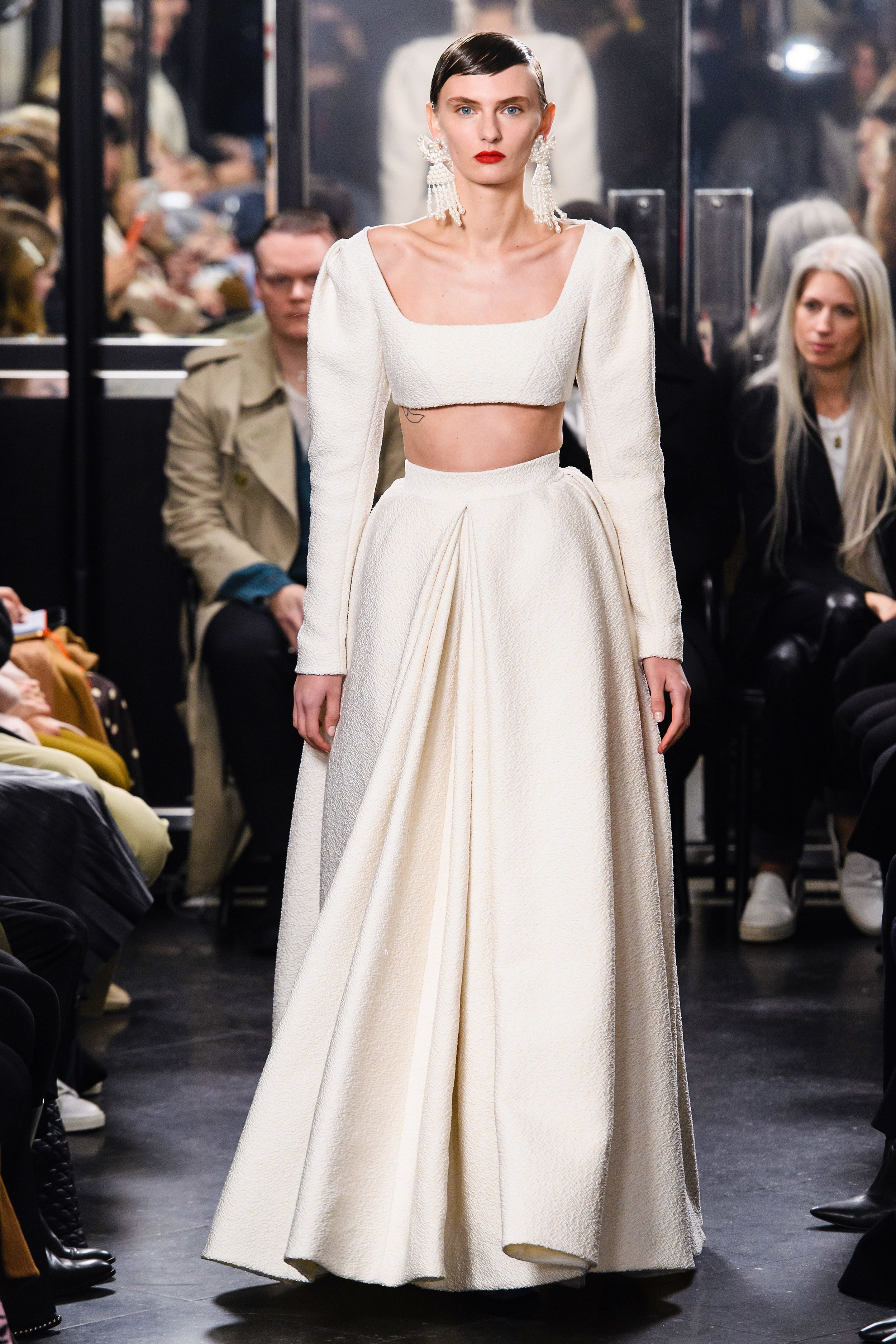
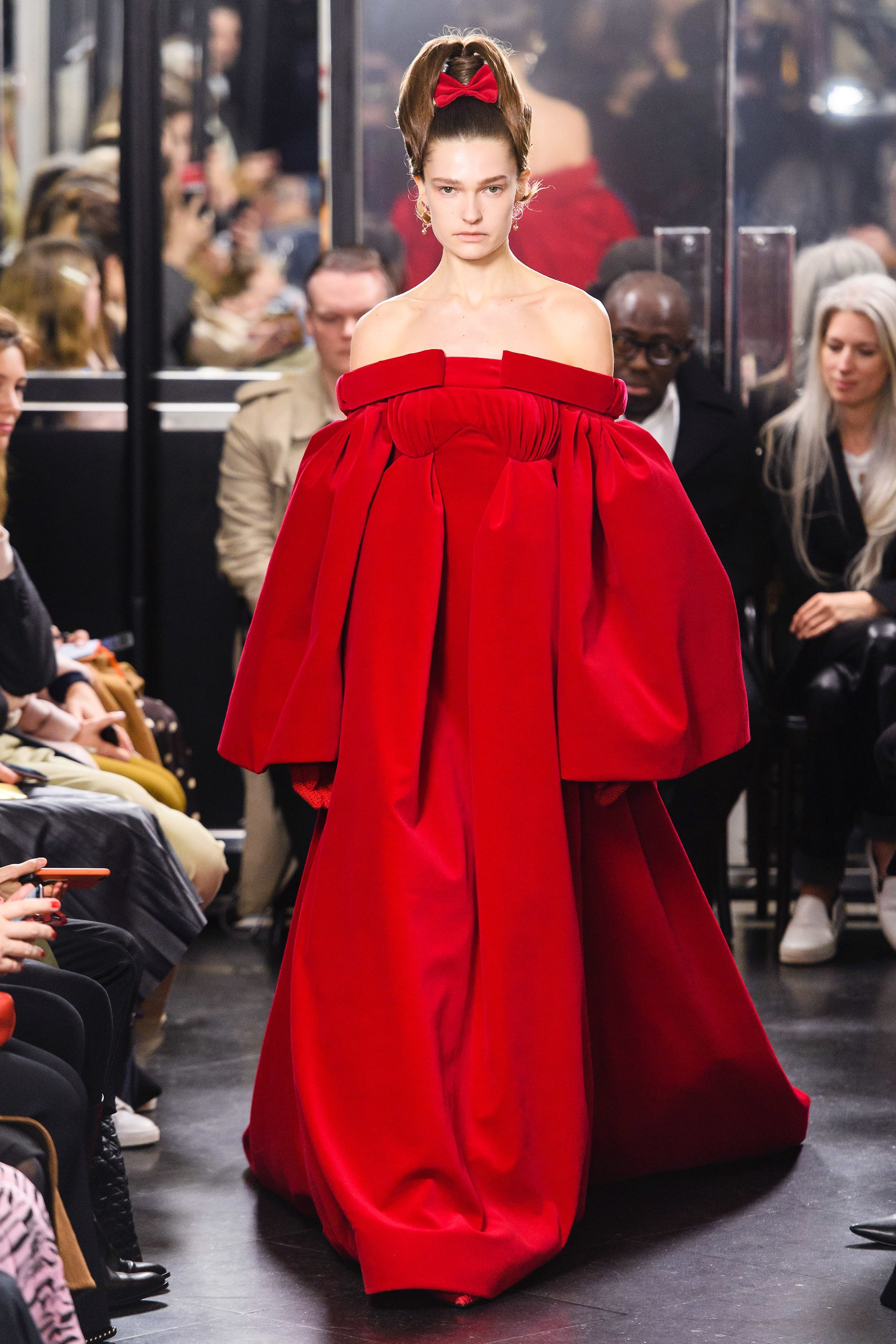









As news of PSYKHE’s launch spreads, The Psychology of Fashion and PSYKHE’s founder Anabel Maldonado sat down with editors at Forbes and WWD to discuss the platform, the journey and why the world needs personalization powered by AI and psychology.